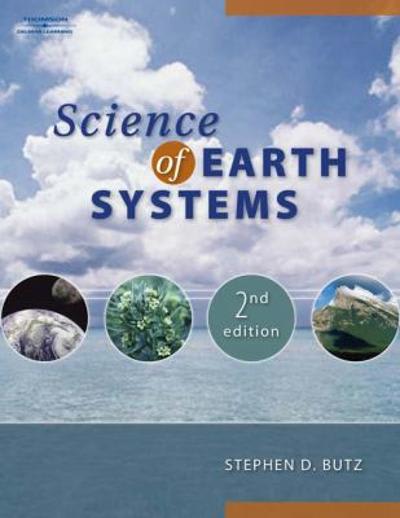Please answer these questions
1. A cyclist traveling at 14.0 m/s skids to a stop in a time of 5.60 s undergoing uniform acceleration. Determine the skidding distance and the magnitude of the acceleration. 2. A runner, starting from rest, accelerates uniformly at 1.40 m/s for 8.00 s. a) What is the runner's final speed? b) What is the runner's average speed? c) How far does the runner travel? 3. A car travelling at 14.0 m/s west accelerates at 2.30 m/s' west for 2.70 s. What is its displacement in that time? What is its final velocity in m/s? What is its final velocity in km/h? 4. If 100 m sprinters accelerate from rest for 3.50 s at 2.80 m/s', how far have they run to this point? What speed have they achieved at the end of the acceleration phase? How long will it take them to complete the 100 m sprint if they maintain their speed the rest of the way? 5. a) If you accelerate (slow down) to a stop at -1.60 m/s by applying brakes, what is your stopping distance (displacement from the time of applying the brakes) when your initial velocity is: i) 50.0 km/h forward ? ii) 100.0 km/h forward ? b) What recommendation would you make regarding road speed limits based on your answer? 6. A roller coaster reaches a speed of 115 km/h in 7.00 s after starting at the top of the first hill from rest . What is its average acceleration in m/s ? How far has it traveled in that time? 7. A car is slowing down with an acceleration of 5.60 m/s' [West]. What is its displacement while accelerating if its initial velocity was 50.0 km/h [East] and its final velocity is 5.00 m/s [East]? 8. A ball rolls up a hill with an initial velocity of 5.0 m/s [ up]. Four seconds (4.0 s) later, it is moving down the hill with a velocity of 9.0 m/s [ down]. Find the displacement from its initial release point. 9. A typical person can tolerate a maximum acceleration of magnitude 49.0 m/s2. Assume that a passenger is initially travelling in a car moving at 110.0 km/h [forward] when the car has a collision with a large, solid tree which does not move. Over what minimum distance must the person stop in order to not exceed the value of the maximum acceleration? Explain how crumple zones and air bags in cars can help achieve the desirable acceleration. Challenge Problem 10. A police car stopped at a set of lights is passed by a speeding car traveling at 100.0 km/h. If the police car can accelerate at 3.60 m/s, find a) the time required for the police car to catch the speeding car b) the distance from the lights at which the police car catches the speeding car c) the final speed attained by the police car when it catches the speeding car. Is this speed reasonable







